Beneath The Baobabs: Experience the festival magic of Kilifi New Year
It’s not every day you go to Kilifi. But when you do, you can’t stop talking about it. The Kenyan coastal destination has a sincere delectable charm. So when you watch the recap video of Kilifi New Year 2017/2018, you know you have to go back and finish what you started.
This new year’s party is always a good reason to travel to Kilifi. It has been going down at Distant Relatives eco-lodge and backpackers, one of Kilifi’s well-known gems, since 2015. For the 2018 countdown, the international music festival moved to a new location – a remote jungle next to the Takaungu creek of Indian Ocean. Imagine 20 acres of a grassy plateau surrounded by epic thousand-old-baobab trees. No wonder the location is called Beneath The Baobabs.
Every end of the year, this deserted baobab jungle transforms into a magical adult’s playground. There is a bigger space now for animal installations, several stages, baobab decks, shower swings and a water slide. And even some more for a pair of donkeys to roam.
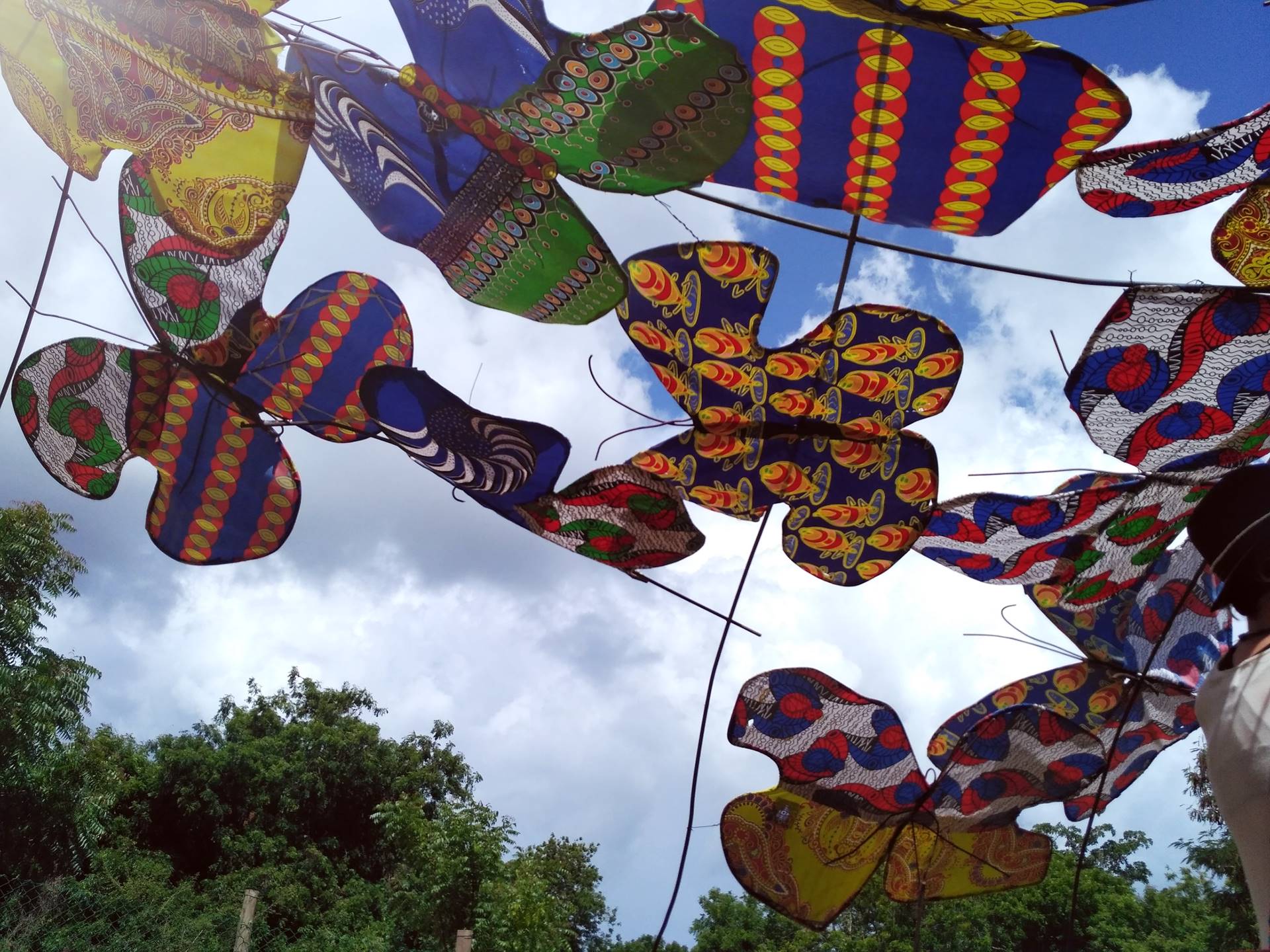
And so for the second year in a row, my friends and I made the 8-hour pilgrimage to the quiet coastal town. Left all our worries in crazy Nairobi to usher in the new year with music lovers from around the globe. And from December 30th 2018 to January 2nd 2019, we danced to electronic, dub and reggae music from Kenya, Africa, and the world.
But Kilifi New Year is more than just the music. It’s a wholesome vacation experience. To show you what I mean, here are some 6 things that made Kilifi New Year 2019 unique from other East African music festivals.
1. Music
This is why we attend festivals in the first place. The music started blasting on 29th December during the pre-party dubbed Before The Baobabs at Distant Relatives. With Suraj, Jinku, Max Doblhoff and other celebrated DJs, we got a taste of the alternative electronic music we were going to dance to for the next two days and three nights.
This time there were three music stages at Kilifi New Year – instead of two. The Main Stage and the new Hidden Valley housed EDM DJs, most of them Kenyan. And of course, the mighty Umojah Stage brought the heavy umojah sound system rigs all the way from Nairobi.
The Main Stage was the main attraction, with an elaborate LED stage beneath an ancient baobab tree. And aerial dancers dangling from its branches during certain sets. The world-renowned Funktion-One speakers proceeded to deliver an overdose of house and techno music during the festival.
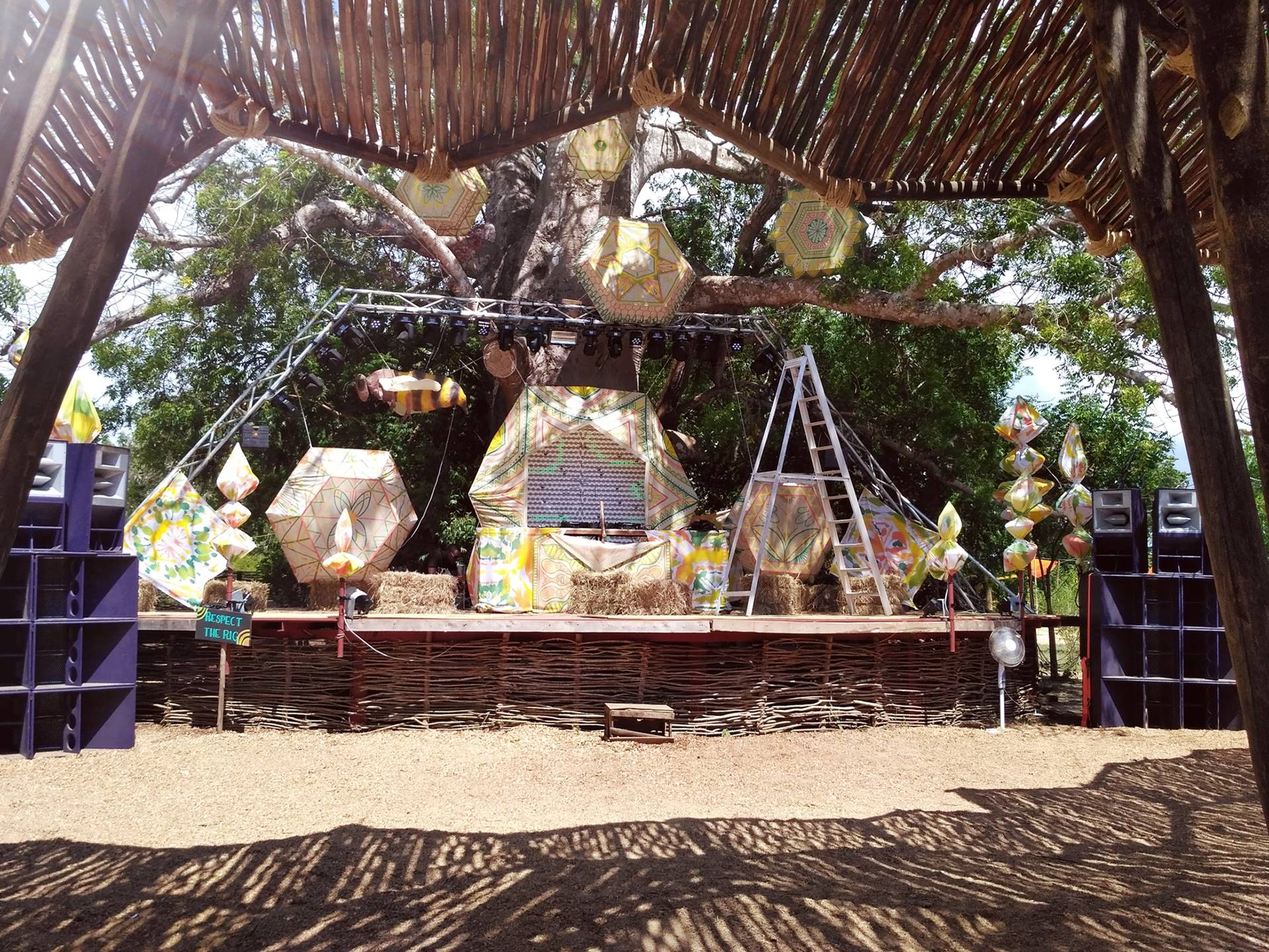
There was less live music than last time, with only Abaki Simba percussion troupe acting as the opening act on 30th December. And a half-live performance of Makadem with Pete on the Corner, which many of us felt dimmed the Benga star’s shine.
In Kenya, you want to hear authentic Kenyan music. This made us gravitate more to the Umojah Stage which gave us something different. Conscious hip-hop by NuNairobi’s finest Kerby and Marcus Wi, heavy dub sets by Dread Steppa and Lyon Hart, and fiery reggae sessions by Uganda’s Blessed San and Kenya’s Lavosti.
What impressed me about the main stage was the well-choreographed stage lights. When they interacted with the party smoke, they created this trippy festival effect you only see on YouTube. However, there was no need for any artificial smoke at the Umojah stage, if you know what I mean.
2. Kisima
Kilifi New Year 2019 introduced something new to the festival program. Kisima – Swahili for well – is a new wellness space to feed the mind, body and soul. It offered free sessions of yoga, dance, meditation and art therapy for all. These healing workshops kept us busy during the day while we nursed our previous nights’ hangovers.
In the soul area, I attended the popular cacao ceremony (which included drinking of real unrefined cacao) and a connection session that allowed us to be vulnerable with each other. Later I learnt capoeira, a Brazilian martial arts dance, and my first ever belly dancing routine at the body section. There was also a sanctuary for art therapy and counselling, which I should have probably taken advantage of.
I had to attend the newly opened Kilifi New Year University at the administration house, the only permanent building on the site. The university held engaging panel discussions led by the witty BBC Africa presenter Ciru Muriuki. They covered world issues like LGBTQ rights, feminism, sex and taboos, racism in Kenya and freedom of travel.
Kisima enriched our new year festival experience and gave us something to talk about. It was the healing therapy we needed for the new year. Plus, at what other festival do you get such cool workshops?
3. Eco-friendliness
Kilifi New Year is well known for its conscious and sustainable living, and it was evident everywhere. For a whole month, the festival builders and volunteers build the stages, bars, installations and structures using cheap naturally-available materials. Apart from some eco-friendly toilets that had cement seats, everything else was predominantly made from cloth, wood, makuti, bamboo stems and tree branches.
Talk about saving money.
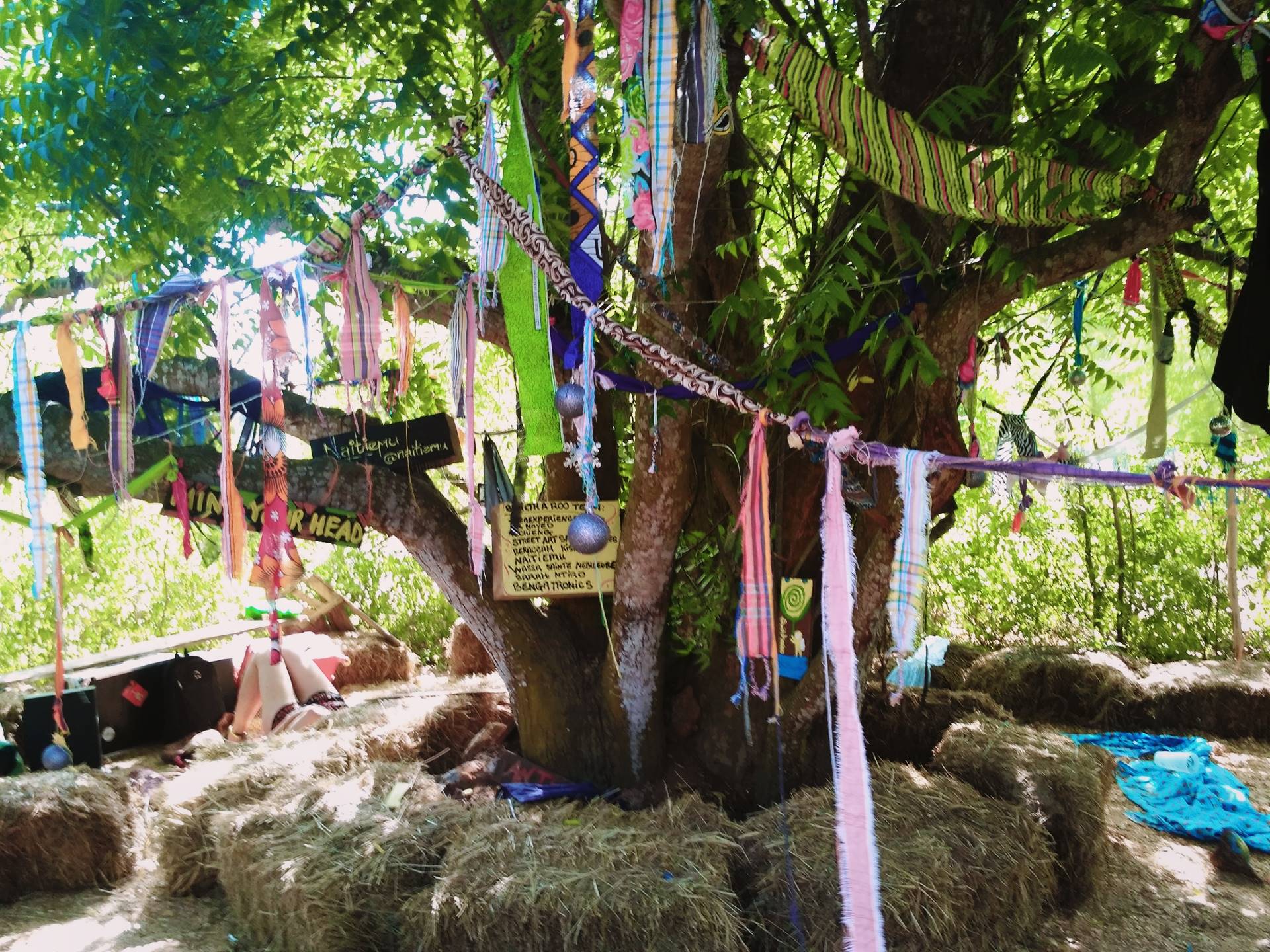
I’m always fascinated by their compost toilets which don’t use water, only sawdust. Their outdoor eco showers allowed you to look up at the green trees and blue sky while showering, just like at Distant Relatives.
The organizers believe in working around nature rather than against it. That’s why for the 2019 edition, we were encouraged to bring our own plastic cups and bottles as there would be no single-use plastics and glasses handed at the bar. For those of us who didn’t have, they sold reusable cups branded ‘Beneath The Baobabs’ – which now act as a cool festival souvenir.
Despite the well-distributed trash points on site, I was disappointed to find littered plastic bottles and cigarette boxes after the festival. It seems our disregard for waste pollution is still highly ingrained. Maybe the festival organizers should set a day to educate us on the importance of environmental consciousness, how to make most out of the Kisima workshops, and even how to use drugs safely.
At least there was a play safely tent that was all about sexual matters, and free condoms in the toilets.
4. Community
Like many East African festivals, Kilifi New Year allows its international attendees to interact with the local community. It employs the local Mijikenda people as workers, watchmen, cooks and drivers. The volunteers got to bond with them the most, creating a close-knit family. One reason I’d volunteer at the next Kilifi festival.
You can’t avoid using tuk-tuks and motorbikes, the most common means of transport in Kilifi, to move between the remote plantation and peaceful town. This forces you to switch to your Swahili language settings like your kabambe phone. After all, we Kenyans are known to be adaptive to our surroundings.
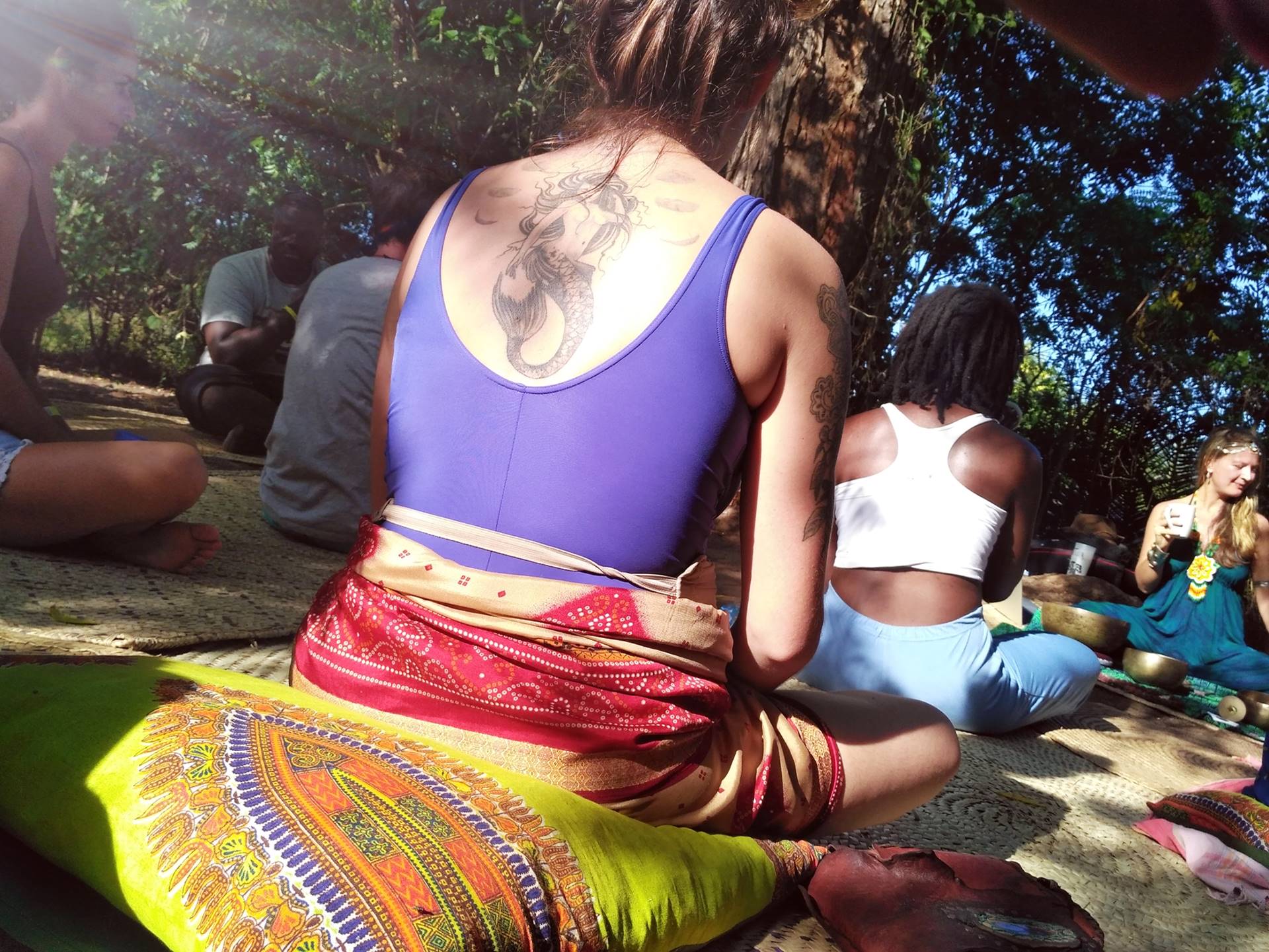
Remember the part I said this festival attracts people from all over the world? Thanks to the relaxed nature of Kilifi, the diverse crowd evolves into one big global village. You meet hippies, backpackers, artists and healers with the most interesting job descriptions.
This predominantly white crowd gets the festival culture of leaving your routine life behind for a few days to become a kid again. They shared the freedom of dressing for the weather without the flashiness of Blankets and Wine or Africa Nouveau Festival. Shorts and topless bodies, body paint and henna, African print and Bongosawa, dreadlocks and man buns.
You come to Kilifi New Year for the music, but end up spending more time bonding with these people. You meet them at the shower swings and umbrellas when you’re all looking to cool down on those hot unforgiving afternoons. Or at the food stalls when you’re thirsting for some refreshing coconut water from Zazibar – not to be confused with Zanzibar.
5. Hippie life
In Kilifi, you end up becoming a hippie. It’s inevitable when you’re living your whole life in a camping tent. You stop caring how you look; there are barely any mirrors anyway. There’s always dirt under your nails like a true caveman. You soon realize you haven’t showered with soap in three days. In no time, you are walking around barefoot to connect with mother earth.
Camping also teaches you the underrated importance of mattresses. And that you are better off sleeping outside during the day, as your tent is turned into a live human furnace.
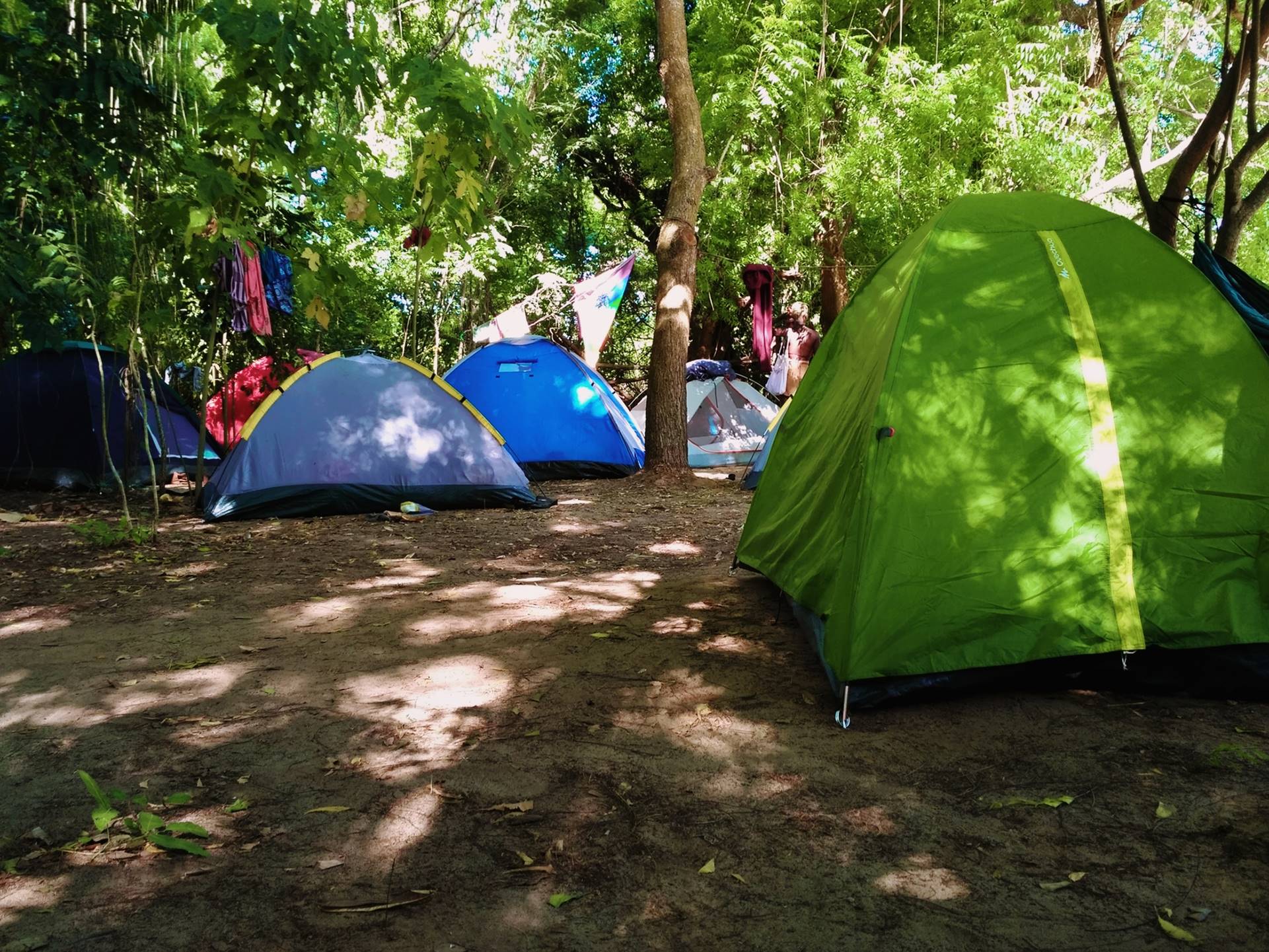
For those who love comfort and couldn’t stand sleeping on the ground, there were boutique glamping tents this time. This luxurious (and expensive) accommodation included dedicated showers and actual beds. Drive in campers were also allowed to sleep in their massive vehicles for a fee, while the rest stayed outside the festival site in lodges and Airbnb.
But for the rest of us, our free camping days were marked with community living – tents closely pitched next to each other like a temporary village. I spent many lazy afternoons lying on the ground under the whistling green trees. And at night, I would snuggle under the blue-black sky blanket counting stars. They shine so brightly over there, by the way, you can almost see the whole Milky Way.
In those few days, I realized freedom isn’t having money in your bank account. It’s picking fallen mangoes on the ground without asking anyone. It’s making your own tamarind juice in a bottle using the tamarind seeds you collect from one abundant tree. It’s climbing low trees even though you never did as a kid and finding some inner balance.
6. The Burn
Everyone who attends Kilifi New Year Festival always looks forward to one thing. The burn. This annual ritual – borrowed from the Burning Man Festival – involves burning a giant wooden structure on 1st January. But why would we burn something which took long hot months to build?
For most, it’s to signify the beginning of a new fresh year. This year, the structure had a deeper meaning. The half rhino-half man structure was a tribute to the last male Northern White Rhino Sudan, who died at Ol Pejeta Conservancy in Kenya in 2018. There are currently efforts to keep the subspecies alive using artificial reproductive methods like IVF.
At 11.30pm, we left the different music stages and moved like a crusade to the burn site below the main festival site. The burn procession was complete with fire dancers, percussionists and costumed hippies. We congregated in the wide valley to watch this unique spectacle.
With a torch pulled up to the rhino’s head, the makuti leaves and sticks burned fiercely as if that is what they were born to do. A cloud of golden sparks floated above the rhino-man and rained on us like a shower. I can only imagine the burn team watching all their hard work go down to ashes. At least they were allowed to get high on the job.
For me, this burn signified something different. I want to have that much fire in everything I choose to do in 2019.
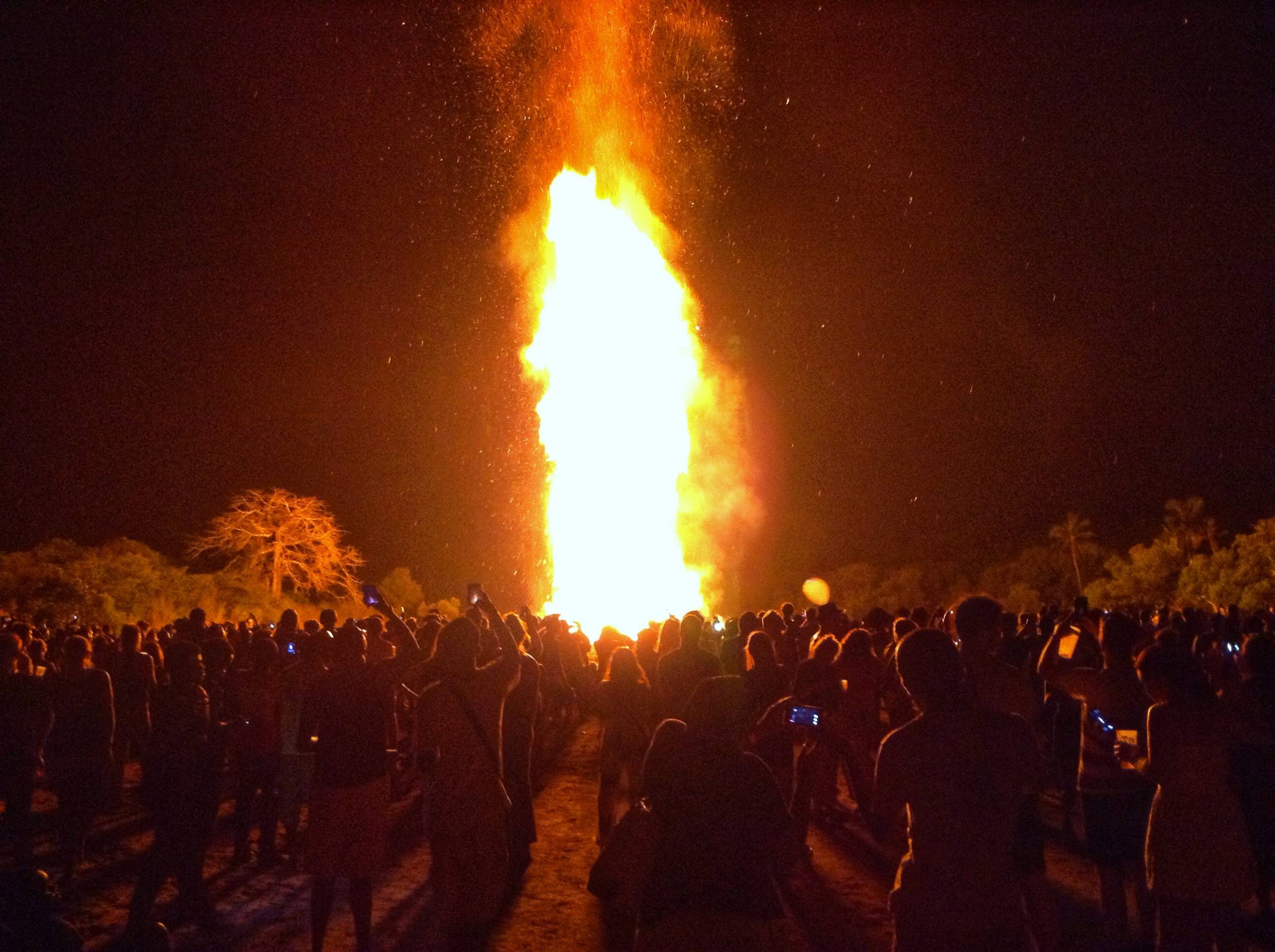
On the following morning, the air felt different. The booming music shut down at noon and the festival site was emptying, attendees migrating back to their routine lives. It was over. All that was left were the last hippies of Kilifi.
My standing philosophy is this: a festival experience is not complete until you spend at least one more day around. Or 4 in my case. Every day becomes a new adventure.
The extra days spent in Kilifi were put to good use. You must visit the white sandy Bofa Beach, which is refreshingly free from beach boys and crowds. And where I enjoyed the tastiest coconut water in town.
A visit to the famous Musafir dhow for its regular sundowner party was also necessary, before its next voyage. My friend and I lingered in the Kilifi Creek for a few minutes before we left that night. And indeed, we saw the sparkling bioluminescence in the ocean that everyone in Kilifi talks about.
For our final night in Kilifornia, we took a tuk-tuk back to DR (if you know you know) to enjoy a free Bengatronics concert. The eco-lodge always keeps Kilifi nightlife interesting with its regular live concerts. Plus, Friday is pizza night!
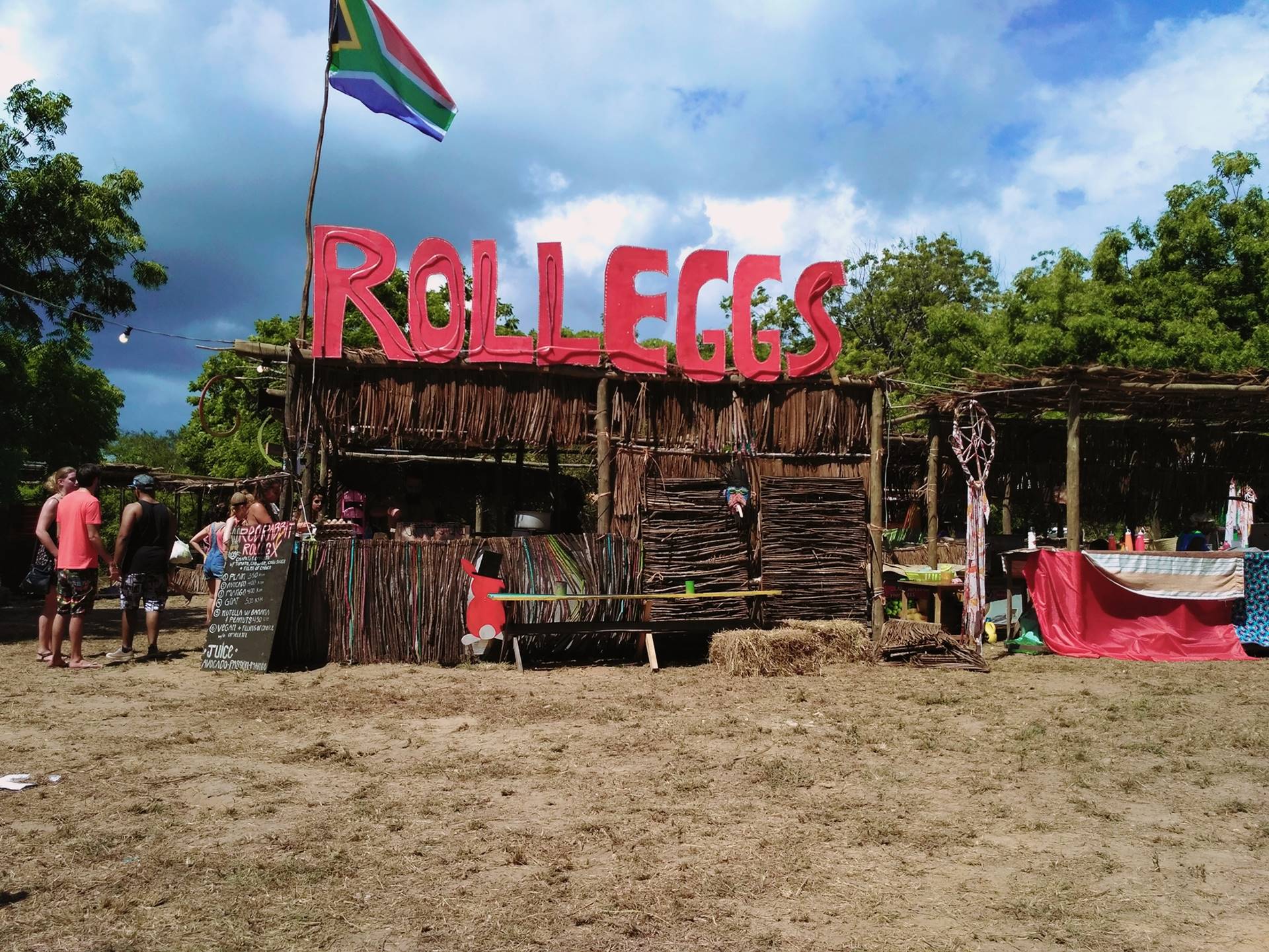
Kilifi New Year 2019 felt like it was made for white foreigners with the non-stop house music, overpriced rolleggs, and lack of palm wine or mnazi on site (we had to hustle). As one friend joked, it was easy to spot a black person in the crowd. Kilifi New Year 2020 promises more live African music with festival tickets slightly cheaper for East African citizens. Let us see come December 30th.
Either way, it was worth all the expensive tuk-tuk rides, sleepless nights spent on the dance floor and super tanned skin. Once Kilifi steals your heart, you can’t have it back. After a week, I was ready to go back to Nairobi and face the city’s madness once again. But Kilifi is home now.
Joy Ruguru is a Kenyan writer and events junkie with an unhealthy addiction to music. Catch her on the entertainment blog LaMusicJunkie curating music playlists or gushing about local events. Or both.

